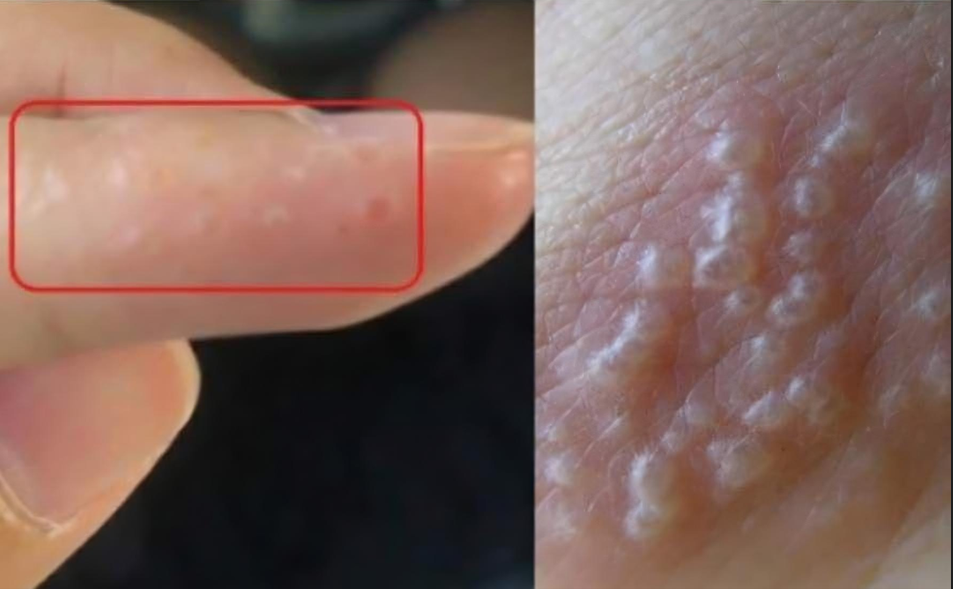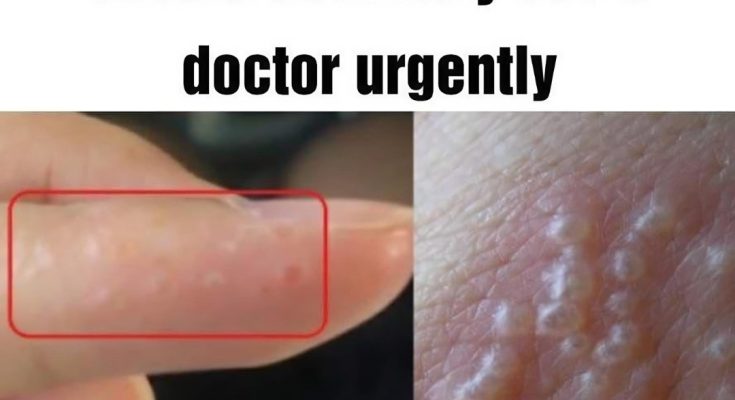As the warm weather approaches, many eagerly anticipate the joys of outdoor activities and soaking up the sun. However, for those living with dyshidrotic eczema, the transition to summer can be a bittersweet experience. This unique type of eczema, characterized by small, itchy blisters on the fingers, toes, palms, and soles, can make it challenging to fully embrace the season. But fear not, with the right knowledge and strategies, you can take control of your skin’s health and enjoy the summer sun without the constant worry of flare-ups.
Understanding Dyshidrotic Eczema

Eczema, also known as dermatitis, is a common skin condition that affects millions of Americans. A particular form of eczema, dyshidrotic eczema, is especially prevalent during the spring and summer months. This condition manifests as tiny, intensely itchy blisters on the extremities, which can be both painful and unsightly.
The Causes of Dyshidrotic Eczema
While the exact cause of dyshidrotic eczema is not fully understood, it is believed to be linked to a combination of factors, including:
- Allergic Reactions: Seasonal allergies and exposure to certain irritants can trigger flare-ups.
- Genetic Predisposition: Dyshidrotic eczema often runs in families, increasing the risk for those with a family history of the condition.
- Stress and Anxiety: High levels of stress and anxiety can exacerbate symptoms and contribute to flare-ups.
- Hormonal Imbalances: Changes in hormone levels, particularly in women, may play a role in the development of dyshidrotic eczema.
Symptoms of Dyshidrotic Eczema
The hallmark symptom of dyshidrotic eczema is the appearance of small, fluid-filled blisters on the hands and feet. These blisters can be intensely itchy, causing discomfort and disrupting daily activities. Additional symptoms may include:
- Redness and inflammation
- Scaling, flaking, or peeling skin
- Painful cracks or fissures
- Difficulty performing manual tasks
Managing Dyshidrotic Eczema in the Summer
Navigating the summer months with dyshidrotic eczema can be a challenge, but with the right approach, you can find relief and reclaim your outdoor adventures.
Identifying and Avoiding Triggers
The first step in managing dyshidrotic eczema is to identify and avoid potential triggers. Common summertime triggers include:
- Sweat and Humidity: Excessive sweating and high humidity levels can exacerbate symptoms.
- Irritating Fabrics: Tight-fitting or synthetic clothing can irritate the skin and worsen flare-ups.
- Harsh Chemicals: Certain soaps, detergents, and personal care products can trigger eczema outbreaks.
- Stress and Anxiety: Finding ways to manage stress and anxiety can help prevent flare-ups.
By being mindful of these triggers and taking proactive steps to avoid them, you can significantly reduce the frequency and severity of dyshidrotic eczema flare-ups.
Incorporating Soothing Remedies
In addition to avoiding triggers, there are several natural remedies that can provide relief and support skin health:
- Cold Compresses: Applying cold compresses to the affected areas can help reduce inflammation and soothe itching.
- Aloe Vera: The cooling and moisturizing properties of aloe vera gel can help calm irritated skin and promote healing.
- Oatmeal Baths: Colloidal oatmeal has anti-inflammatory properties that can alleviate symptoms and nourish the skin.
- Gentle Moisturizers: Choosing fragrance-free, hypoallergenic moisturizers can help lock in moisture and prevent further irritation.
By incorporating these natural remedies into your skincare routine, you can find relief and better manage your dyshidrotic eczema during the summer months.
Seeking Professional Treatment
In some cases, over-the-counter remedies may not be enough to control severe or persistent dyshidrotic eczema. In such instances, seeking professional medical advice is recommended. Your dermatologist may prescribe:
- Topical Corticosteroids: These anti-inflammatory creams or ointments can help reduce swelling, redness, and itching.
- Oral Antihistamines: Antihistamines can help alleviate the itching associated with dyshidrotic eczema.
- Phototherapy: Controlled exposure to ultraviolet light can help improve skin condition and reduce flare-ups.
- Immunomodulators: Prescription medications like Protopic and Elidel can help regulate the immune system and manage eczema symptoms.
By working closely with your healthcare provider, you can develop a comprehensive treatment plan tailored to your individual needs, allowing you to better enjoy the summer season.
Conclusion
Dyshidrotic eczema may present a unique challenge during the summer months, but with the right knowledge, strategies, and treatment, you can conquer this condition and embrace the joys of the season. By identifying and avoiding triggers, incorporating soothing remedies, and seeking professional guidance when necessary, you can reclaim your summertime freedom and confidently face the sun without the constant worry of painful blisters and irritated skin.
Embrace the warmth, laughter, and outdoor adventures that summer has to offer – with the right approach, you can bid farewell to the discomfort of dyshidrotic eczema and fully immerse yourself in the season’s beauty.



